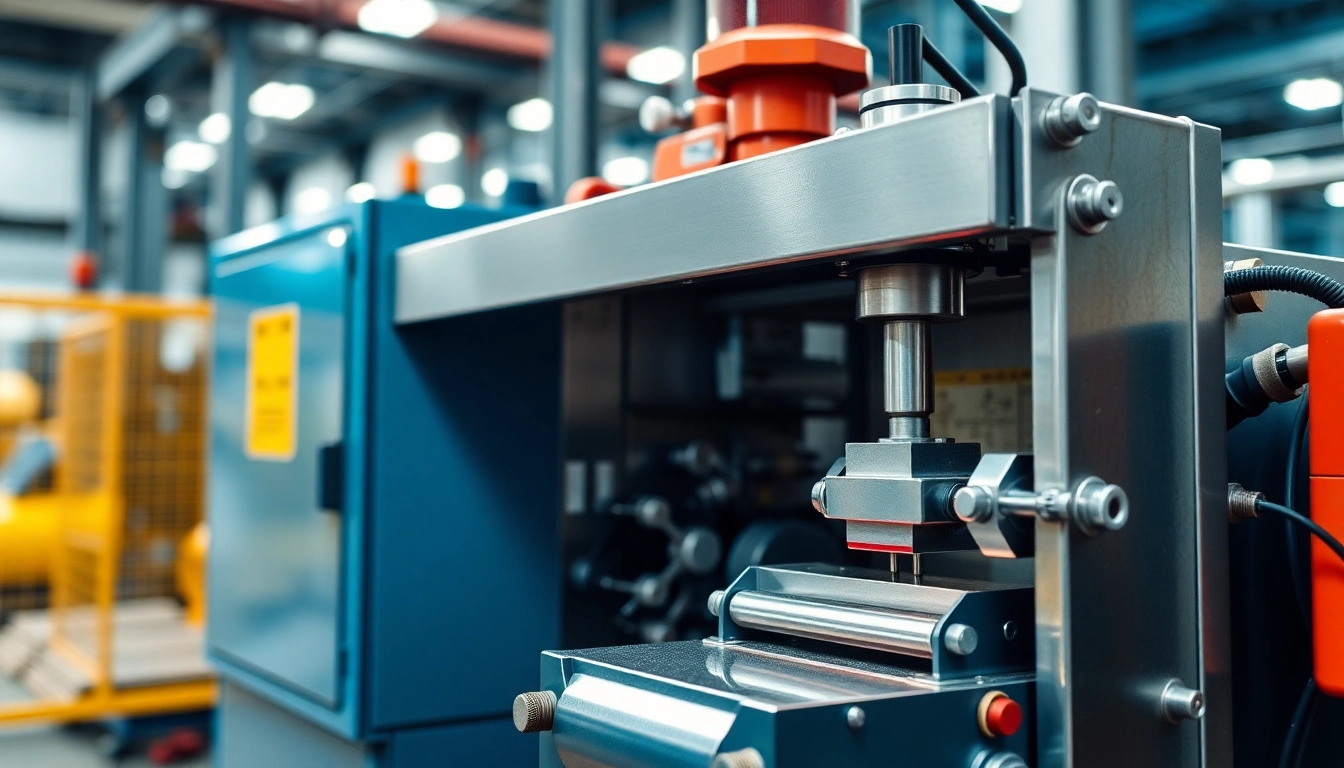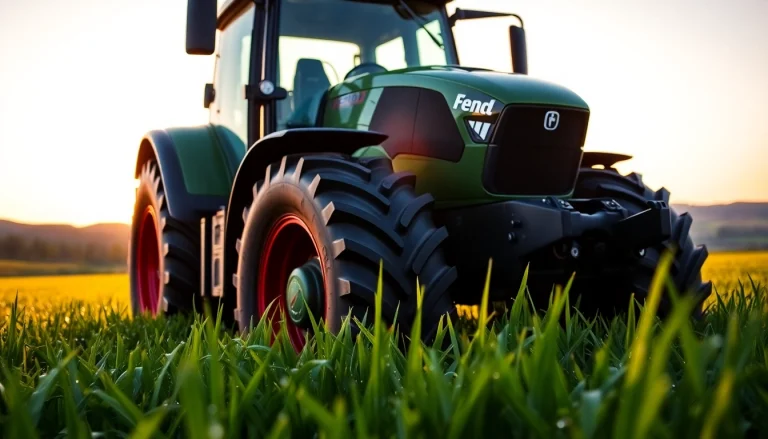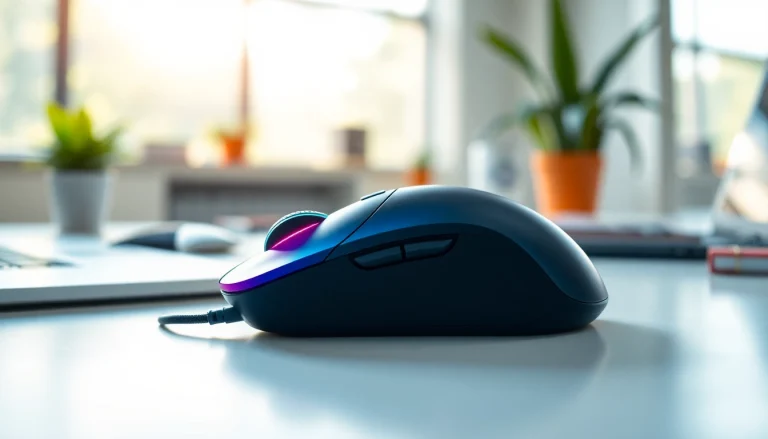Introduction to Filling Machines
In the fast-paced world of manufacturing and packaging, filling machines have become indispensable technology. Designed to automate the process of filling containers with a precise amount of liquid or other materials, these machines serve various industries, from food and beverage to pharmaceuticals and cosmetics. With the evolution of technology and customer demands, filling machines have advanced significantly, leading to increased efficiency, accuracy, and functionality. In this comprehensive guide, we will explore the definition of filling machines, their historical development, their importance in production processes, different types available in the market, and useful tips for optimizing their usage.
What Is a Filling Machine?
A filling machine is an industrial machine designed to dispense a specific volume of liquid, powder, or granulated content into containers such as bottles, jars, or pouches. The efficiency of filling machines allows businesses to streamline packaging operations, thereby increasing productivity and reducing human error. Depending on the application and the type of product, filling machines can be manual, semi-automatic, or fully automatic, each with varying degrees of control and complexity.
History and Development of Filling Machine Technology
The first filling machines appeared in the late 19th and early 20th centuries, primarily driven by the needs of the food and beverage industry. With the introduction of new packaging materials and consumer goods, such as canned foods and bottled beverages, the demand for precise filling solutions grew. Early machines were often manual, requiring substantial labor input. However, the advent of electrical engineering and pneumatic systems in the mid-20th century revolutionized the industry, making machines faster and more reliable. Today, advanced filling machines incorporate technologies such as automation, robotics, and IoT for real-time monitoring and data collection.
The Importance of Filling Machines in Production Processes
Filling machines play a crucial role in the manufacturing process across diverse industries. The benefits they offer include:
- Enhanced Efficiency: Automated filling machines significantly increase production speed, allowing manufacturers to meet higher demands without compromising quality.
- Accuracy and Consistency: These machines ensure that each container receives the exact volume of product, minimizing waste and ensuring uniformity across batches.
- Labor Cost Reduction: With automation, businesses can reduce labor costs associated with packaging operations, allowing for reallocation of workforce resources to other tasks.
- Improved Safety and Hygiene: Modern filling machines are designed with safety features and often facilitate a more hygienic filling process, which is paramount in the food and pharmaceutical sectors.
Types of Filling Machines
Choosing the right type of filling machine is critical to the efficiency and effectiveness of production processes. The main categories include manual, semi-automatic, and fully automatic machines.
Manual Filling Machines
Manual filling machines are the simplest form of filling equipment, typically requiring human intervention for operation. Commonly found in small-scale productions and craft industries, these machines are cost-effective and easy to operate. However, they are limited in speed and often require significant labor for high-volume production. Manual machines are often built to handle various container sizes and can be adjusted to fill different volumes as needed.
Semi-Automatic Filling Machines
Semi-automatic filling machines combine human operation with some automated capabilities. These machines typically require human operators to perform specific tasks, such as positioning containers, while the filling process is handled automatically. This type of machine is ideal for medium-scale operations where a balance of speed and accuracy is required. They often employ systems like pneumatic pumps, which provide efficient filling while significantly reducing the risk of spillage.
Fully Automatic Filling Machines
Fully automatic filling machines are designed for high-volume production lines, capable of handling numerous containers in rapid succession without the need for manual intervention. These machines integrate advanced technologies such as sensors, automation controls, and robotics to streamline the filling, capping, and labeling processes. Fully automatic machines are ideal for large-scale production facilities, significantly enhancing productivity and accuracy while minimizing human error.
Choosing the Right Filling Machine
Selecting an appropriate filling machine for your operations requires careful consideration of several factors to ensure optimal performance and return on investment.
Factors to Consider
When evaluating different types of filling machines, consider the following:
- Product Characteristics: Assess the viscosity, temperature, and chemical nature of the products you intend to fill, as these factors influence the choice of machine and filling mechanism.
- Production Volume: Evaluate your expected production rates to determine whether you need a manual, semi-automatic, or fully automatic solution.
- Container Types: Understand the range of container sizes and shapes you’ll be filling, as this will help in identifying machines that can accommodate those specific requirements.
- Budget: Analyze your budget, including the initial costs of the machine, installation, maintenance, and operational expenses. Ensure you select a machine that fits within your financial plans while meeting your production needs.
- Space Constraints: Consider the available manufacturing floor space, as this can impact the design and configuration of the filling machine.
Cost-Benefit Analysis
Before investing in a filling machine, conduct a cost-benefit analysis to weigh the potential gains against the costs involved. Consider:
- Labor Savings: Calculate how much labor can be saved by automating the filling process and factor this into your total cost of ownership.
- Increased Production Capacity: Assess how much your production capacity can increase with the new machine, translating this to potential revenue increase.
- Quality Improvements: Determine if the new machine will reduce waste and improve product quality, leading to better customer satisfaction.
- Maintenance Costs: Factor in ongoing maintenance costs, including parts, servicing, and technical support.
Recommended Popular Filling Machine Models
When looking for a filling machine, consider some popular models known for their reliability and efficiency:
- Accu-Doser: Known for its high precision and capability to fill various volumes, the Accu-Doser is ideal for liquid products.
- Fogg Filler: A versatile machine that handles both rinsing and filling, suitable for free-flowing liquids.
- Pneumatic Pump Fillers: These machines offer low operating costs and are suitable for various container types.
- CDA USA’s Semi-Automatic Machines: Designed for ease of use and adaptability, ideal for many industries.
Tips for Optimizing Filling Machine Usage
To maximize the potential of your filling machine, consider implementation strategies focused on efficiency and maintenance.
Regular Maintenance and Upkeep
Conducting regular maintenance on your filling machines ensures long-term functionality and reduces the risk of malfunctions. Develop a maintenance schedule that includes:
- Routine inspections of mechanical parts and electrical connections.
- Calibration of filling volumes to ensure consistent quality.
- Cleaning procedures, especially for filling machines used in the food and beverage industry to meet hygiene standards.
- Prompt replacement of worn or damaged parts to avoid production downtime.
Tips for Increasing Filling Efficiency
Enhancing the efficiency of your filling operations is crucial for maximizing output. Here are some actionable tips:
- Implement training programs for operators to ensure they understand the best practices for machine operation and troubleshooting.
- Utilize software to monitor filling processes in real-time, ensuring that operators can quickly address any irregularities.
- Encourage feedback from operators to identify areas for improvement in both the machine’s performance and the overall wrapping process.
Solutions for Common Challenges
Filling machines can face common challenges, such as:
- Variability in Product Volume: Frequent calibration and volume checks can help mitigate this issue.
- Container Misalignment: Regularly inspect and maintain alignment guides to ensure containers are positioned accurately for filling.
- Leakage Issues: Inspect seals and connections; ensuring proper maintenance can prevent these occurrences.
The Future of Filling Machine Technology
The filling machine industry is poised for transformation with advancements in technology and growing market demands. Future trends are shaping how filling machines are designed and utilized.
Innovations and Emerging Trends
As technology evolves, several key innovations are influencing the future of filling machines:
- Smart Machinery: The integration of IoT devices allows fill monitoring in real-time, enhancing machine efficiency and reducing downtime.
- Robotics: Utilizing robotic arms in filling processes can further automate operations and increase speed and precision.
- Eco-friendly Solutions: Sustainable practices are paving the way for environmentally friendly machinery designs and materials that reduce waste.
The Impact of Automation on Filling Processes
Automation has significantly transformed filling operations, allowing for more sophisticated machines that can adapt to varying production needs. Fully automated filling lines reduce labor requirements, enhance accuracy, and streamline workflow, which are all key factors for businesses aiming to achieve higher production rates at lower operational costs.
Conclusions and Investment Recommendations
Investing in a filling machine is an important decision for any business seeking to optimize production. By selecting the right type, conducting a thorough cost-benefit analysis, and keeping up with maintenance and upgrades, businesses can enhance their productivity and ensure long-term profitability. The future of filling machine technology looks promising, with innovations that are set to redefine operational efficiency and product quality in the manufacturing sector.








